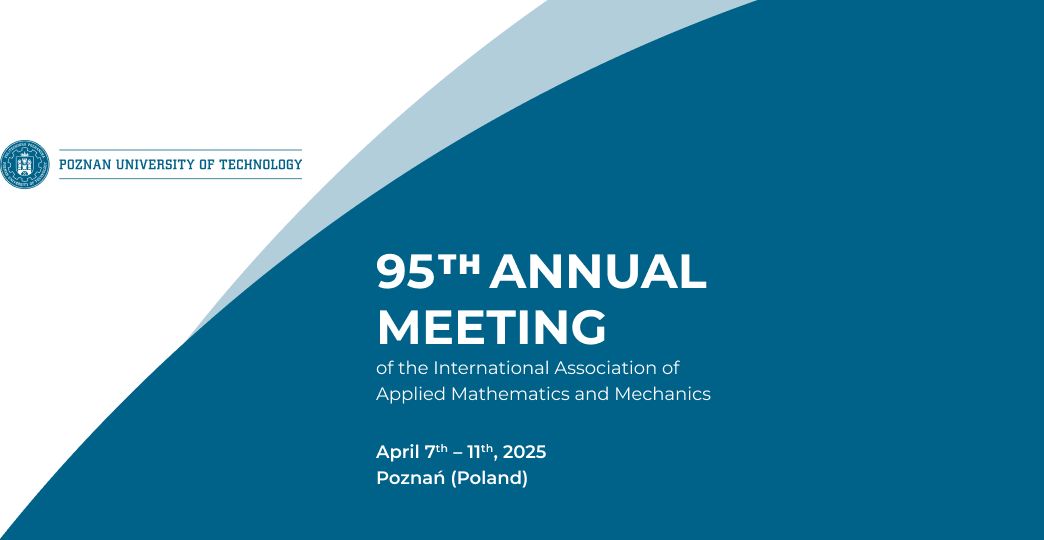Speaker
Description
Structured magnetorheological elastomers (MREs) are composite materials which show magneto-mechanical coupling effects. They consist of magnetizable particles arranged in a chain-like pattern, embedded in a soft elastomer matrix. Explicitly resolving the microstructure of real-world samples is infeasible, necessitating the adoption of a multiscale modeling approach. In this work we introduce a macroscale modeling framework for structured MREs using physics-augmented neural networks (PANNs) [1,2], with consideration of the material's transversely isotropic behavior. The proposed PANN macromodel adheres to essential physical principles such as objectivity, material symmetry, thermodynamic consistency, the volumetric growth condition, and ensures zero free energy, stress, and magnetization in the absence of external mechanical and magnetic loads [1].Under the assumptions of negligible electric fields and current densities, and focusing on quasi-stationary processes, the framework employs finite element (FE) simulations based on a variational principle for magneto-hyperelastic materials [3]. For addressing the quasi-incompressibility of the matrix, a four-field formulation is chosen. The framework begins with data generation, wherein a representative volume element (RVE) undergoes sampled macroscopic magneto-mechanical loadings in FE simulations. The resulting homogenized microscale variables are used to construct a macroscale dataset for the training and testing of the PANN macromodel. Training of the PANN employs a Sobolev training approach, where the automatic detection of the particle chain direction is incorporated [2]. When trained on the complete dataset, the PANN accurately predicts magnetization, mechanical stress, and total stress within the range of the training data.
REFERENCES
[1] Kalina, K. A., Gebhart, P., Brummund, J., Linden, L., Sun, W. and Kästner, M. Neural network-based multiscale modeling of finite strain magneto-elasticity with relaxed convexity criteria. Computer Methods in Applied Mechanics and Engineering 421, 2024.
[2] Kalina, K. A., Brummund, J., Sun, W. and Kästner, M. Neural networks meet anisotropic hyperelasticity: A framework based on generalized structure tensors and isotropic tensor functions. Preprint, arXiv:2410.03378, 2024.
[3] Gebhart, P. Skalenübergreifende Modellierung magneto-aktiver Polymere auf Grundlage energie-basierter Variationsprinzipien. PhD thesis. TU Dresden, 2024.

